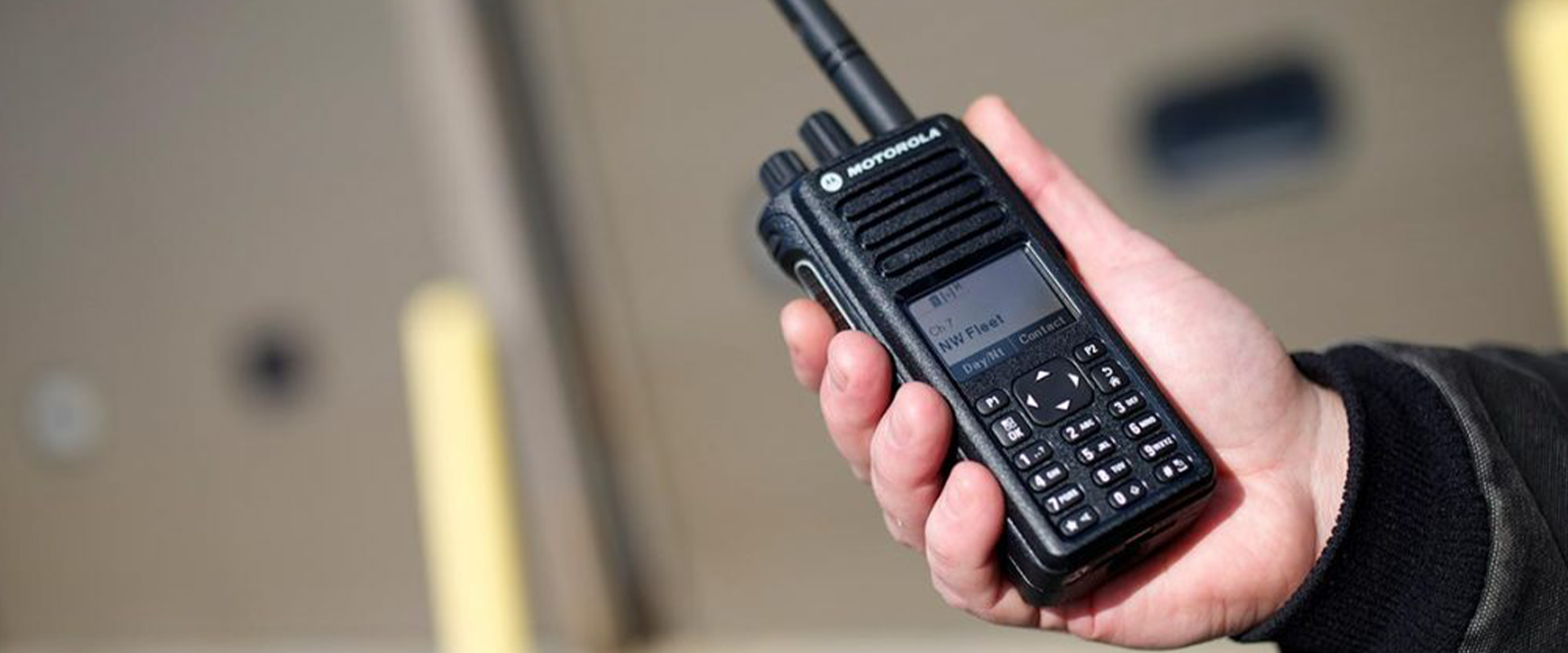“Can you hear me now?”
You’re clinging to the side of a mountain. Backpack’s soaked. Cell signal? Dead. And your hiking buddy, somewhere up the trail, just spotted a black bear. Suddenly, the $49.99 two-way radio you tossed into your pack on a whim feels like a genius-level investment.
You press the button.
Silence.
Let’s Get Real: Radios Aren’t Magic Wands
Contrary to what the packaging promises (35-mile range! Crystal clear audio! Life-changing friendships!), most two-way radio won’t cover an entire state — let alone the country. Unless you live on a flat salt plain with zero trees, towers, or terrain… you’re probably working with a real-world range of 1 to 5 miles.
And even that’s generous.
But don’t toss them in the junk drawer just yet. The truth is: radios can work across vast distances. You just need to understand their rules — and maybe break a few (with some help from technology).
The Tech Behind the Talk: UHF, VHF, and a Little RF Magic
Two-way radios operate on radio frequency (RF) bands — mostly UHF (Ultra High Frequency) and VHF (Very High Frequency). These bands move your voice from point A to point B without any help from cell towers or Wi-Fi.
Direct. Analog. Fast.
No third-party network. No apps. Just you and the airwaves.
But here’s the rub: they need line-of-sight. That means hills, buildings, trees, and even humidity can throw a wrench in your perfectly planned radio moment. Ever tried to yell through a mountain? Exactly.
So… Can They Work Coast-to-Coast?
Sure. If you’re NASA. Or the U.S. military. Or using tech that costs more than your car.
For regular folks, national coverage is possible — but only with help:
- Repeaters – These act like megaphones on mountaintops. They catch your weak signal and scream it farther.
- IP/Digital Networks – Some radios connect to the internet, routing your messages like voice emails. It’s part radio, part data wizardry.
- Satellite Integration – High-end systems with space-age flair. They work everywhere, but good luck sneaking one into your kid’s backpack unnoticed.
So yes, some radios can cross the country. But it’s not exactly “grab-and-go.”
Where Two-Way Radios Do Shine
Even with their limitations, radios often outperform smartphones in certain scenarios. Why?
Because they just… work.
- Logistics and Trucking: Out in the sticks? No bars? No problem.
- Emergency Services: Radios remain calm when the cell towers freak out.
- Outdoor Rec: Hunters, hikers, skiers — all in the “thank-God-for-radio” club.
- Construction Sites: Instant coordination. No dropped calls. No “Can you repeat that?”
In high-stakes or no-signal zones, radios deliver something priceless: reliability.
The Legal Bit (a.k.a. Don’t Be That Guy)
Not all radios are created equal.
Some require FCC licenses — especially those that use GMRS channels or higher power outputs. Others, like the FRS models, are low-power, unlicensed, and open to the general public… and their toddlers.
Want better range? More privacy? Cleaner signal? You’ll need to go legit.
So… Should You Rely on Radios Nationwide?
If you expect a $60 handheld radio to chat with your cousin in California from your porch in Maine, prepare for disappointment (and static). But if you need fast, local, interference-free communication — especially off-grid — two-way radios absolutely pull their weight.
And with the right network setup? Repeaters, IP connectivity, satellite add-ons? Yeah… suddenly they’re playing in the big leagues.
Final Thought: They’re Old School — But That’s the Point
There’s something reassuring about pressing a button and hearing someone talk back, no middleman required. No apps. No monthly plan. Just pure, direct communication.
So do two-way radios work across the country?
Not exactly. But when they do work, they work when nothing else does.
And sometimes, that’s all you need.



